Dammar pine essential oil is a beautiful distillation with a frankincense profile. The resin was initially introduced in the early 1800s and surpassed mastic by the late 1900s. Given the lengthy harvest process in order to collect mastic resin, a process I dabble with in small scale with a large local handsome tree and a frankincense community wrought with harvest issues, I’m glad there is an option.
Dammar means “light” in Malaysian culture due to the refractive qualities in the large pieces. I see the same qualities in the large pieces in our collection. The leaves are shaped like dark green sage leaves, albeit, thicker and do not resemble pine needles. When I discovered this in my research, I realized that the tree I had been collecting resin from sporadically was this one. It was quite a surprise as a hunter of multiple species of pine resin given the leaf structure. The leaves and seeds are used as animal feed in their native countries and traditionally the resin was powdered and mixed with bark and other materials, then wrapped in palm leaves to make useful torches. The botanical complexity regarding the name of this resin was a rabbit hole I wasn’t looking to find but felt compelled to share. Dammar (English spelling) is part of the Dipterocarpaceae family that has also been referenced with other plants considered in the burseraceae family. It’s also part of the Agathis genus, locally called damar but referred commercially as copal. Confusing even as I write this. It could be that our resin distillation from the Philippines is from both burseraceae and Dipterocarpaceae families which would explain the prominent frankincense profile with this oil. Little is known about the essential oil because it is little used but I really enjoy it in alcohol dilutions of 10% alcohol and in a couple of compositions I dabbled with so far. Although perfume has been my main focus in evaluation, I also found dammar pine oil blends easily into jojoba to use as a body oil.

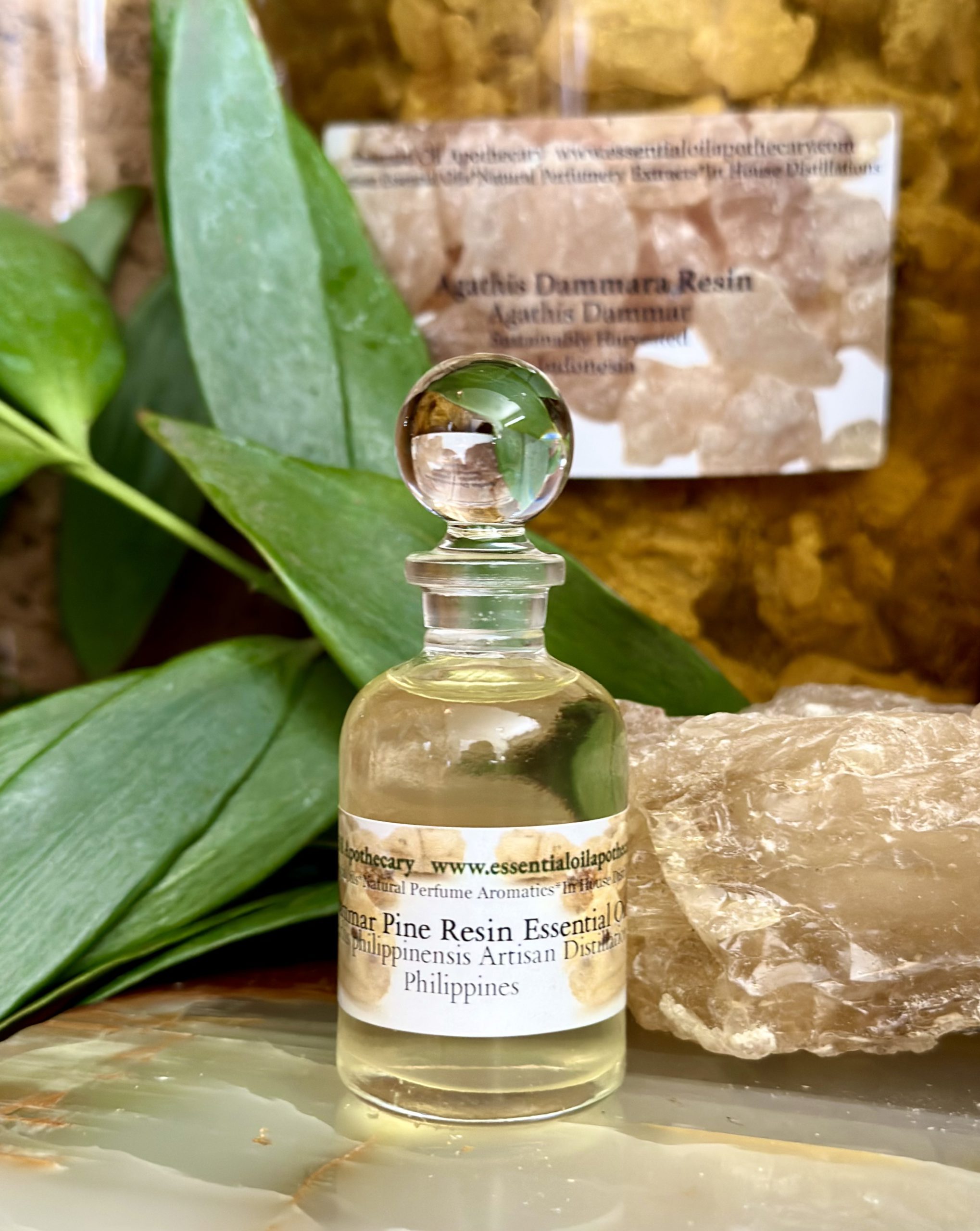
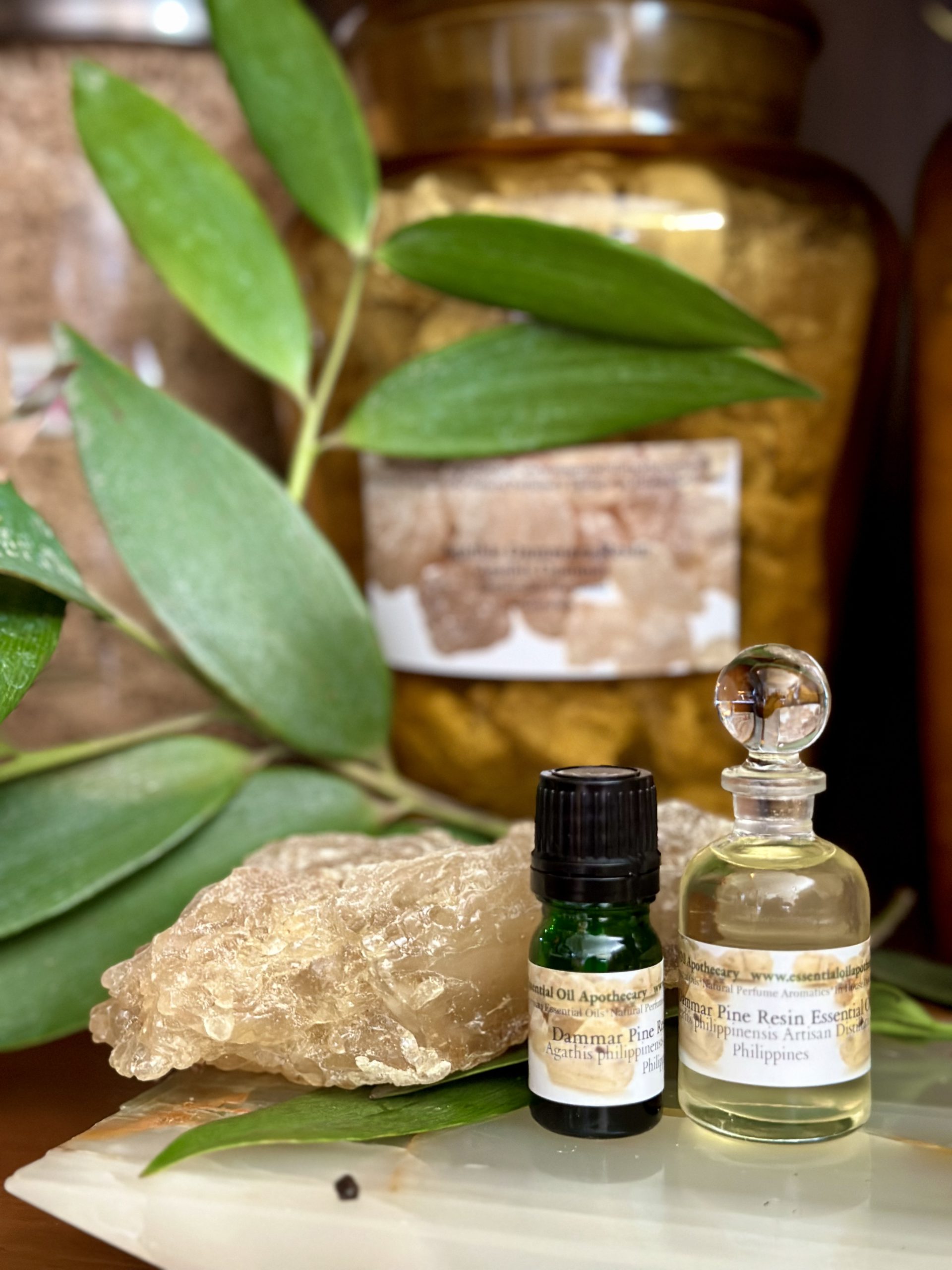
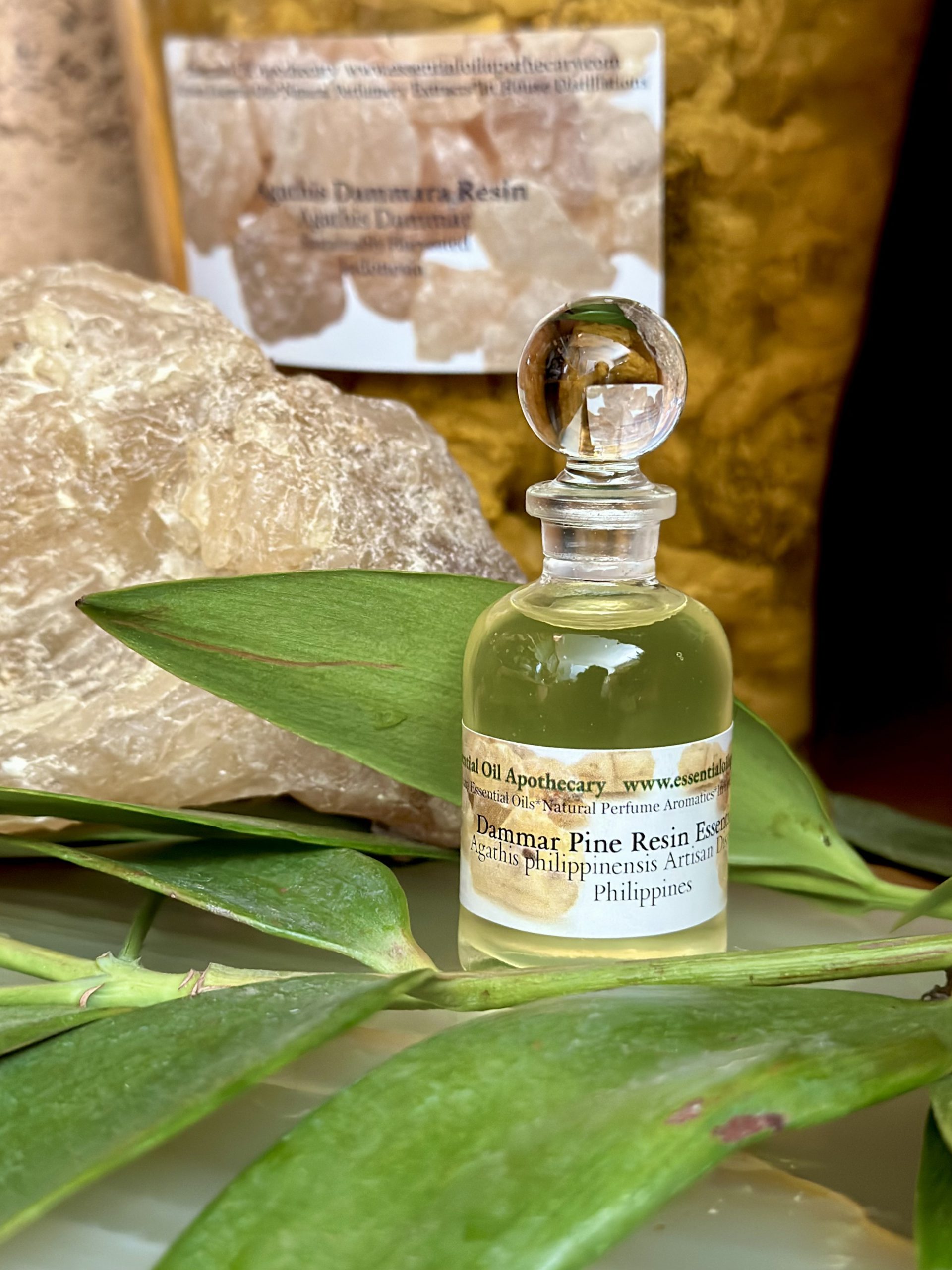
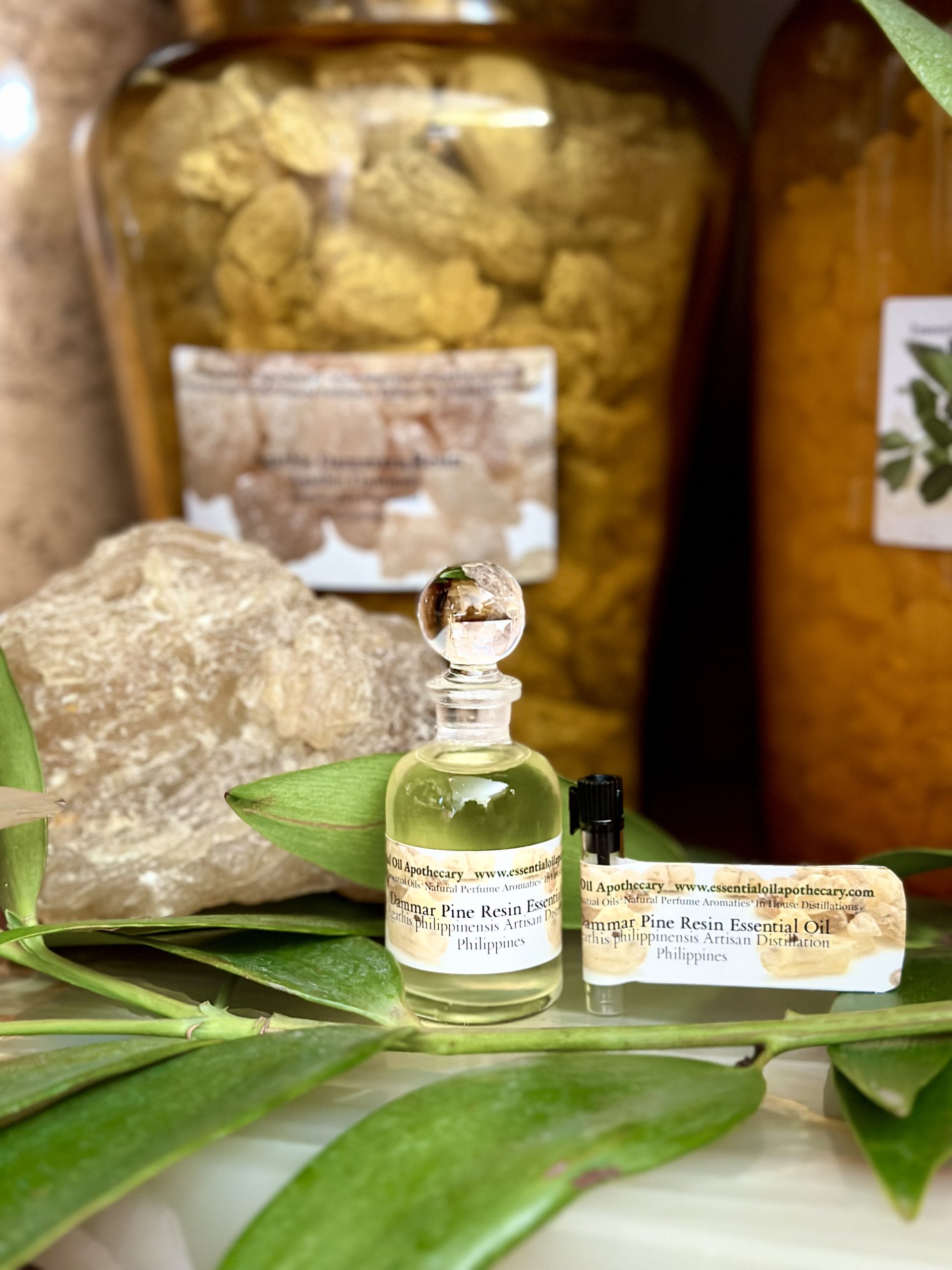
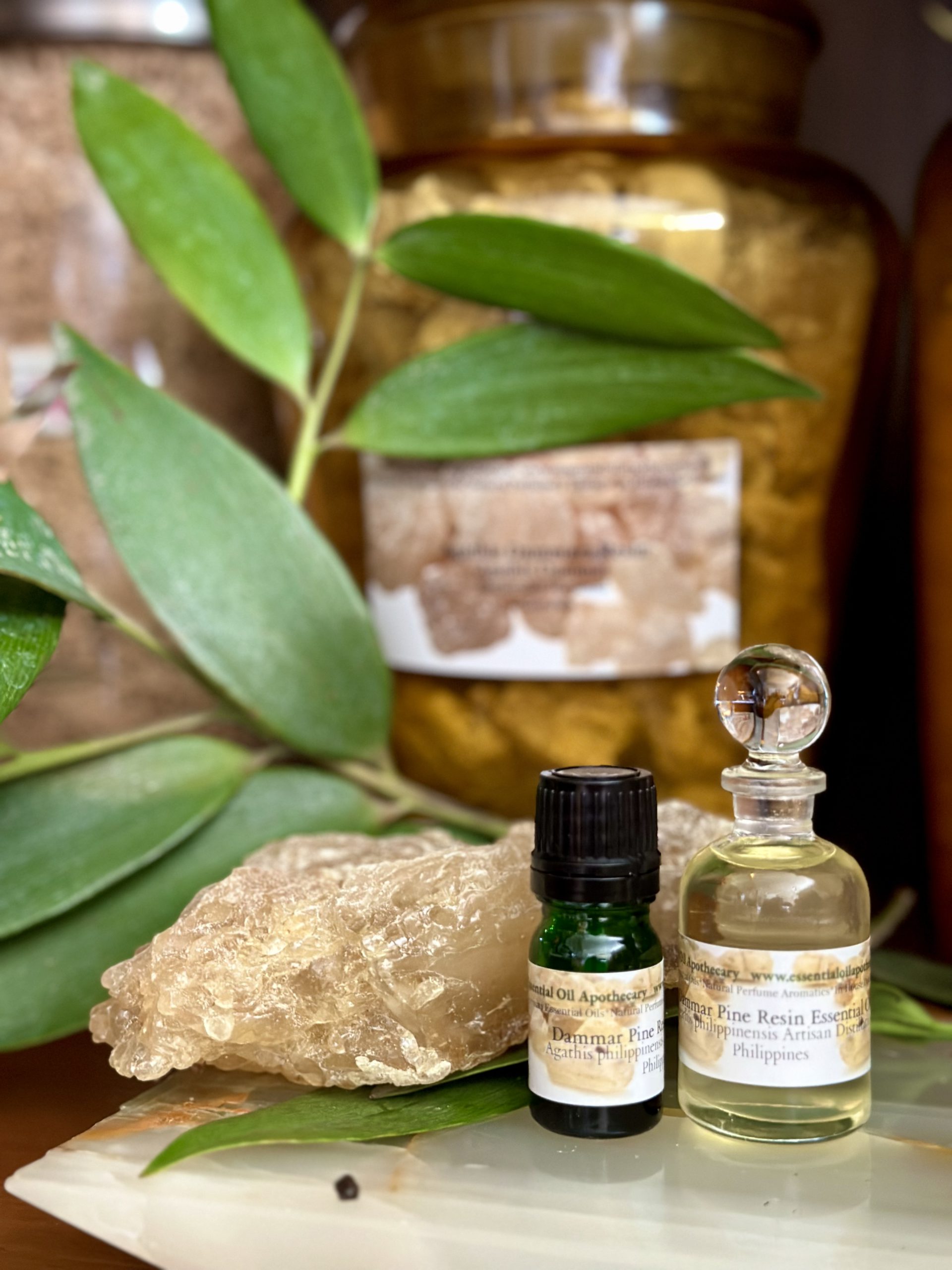
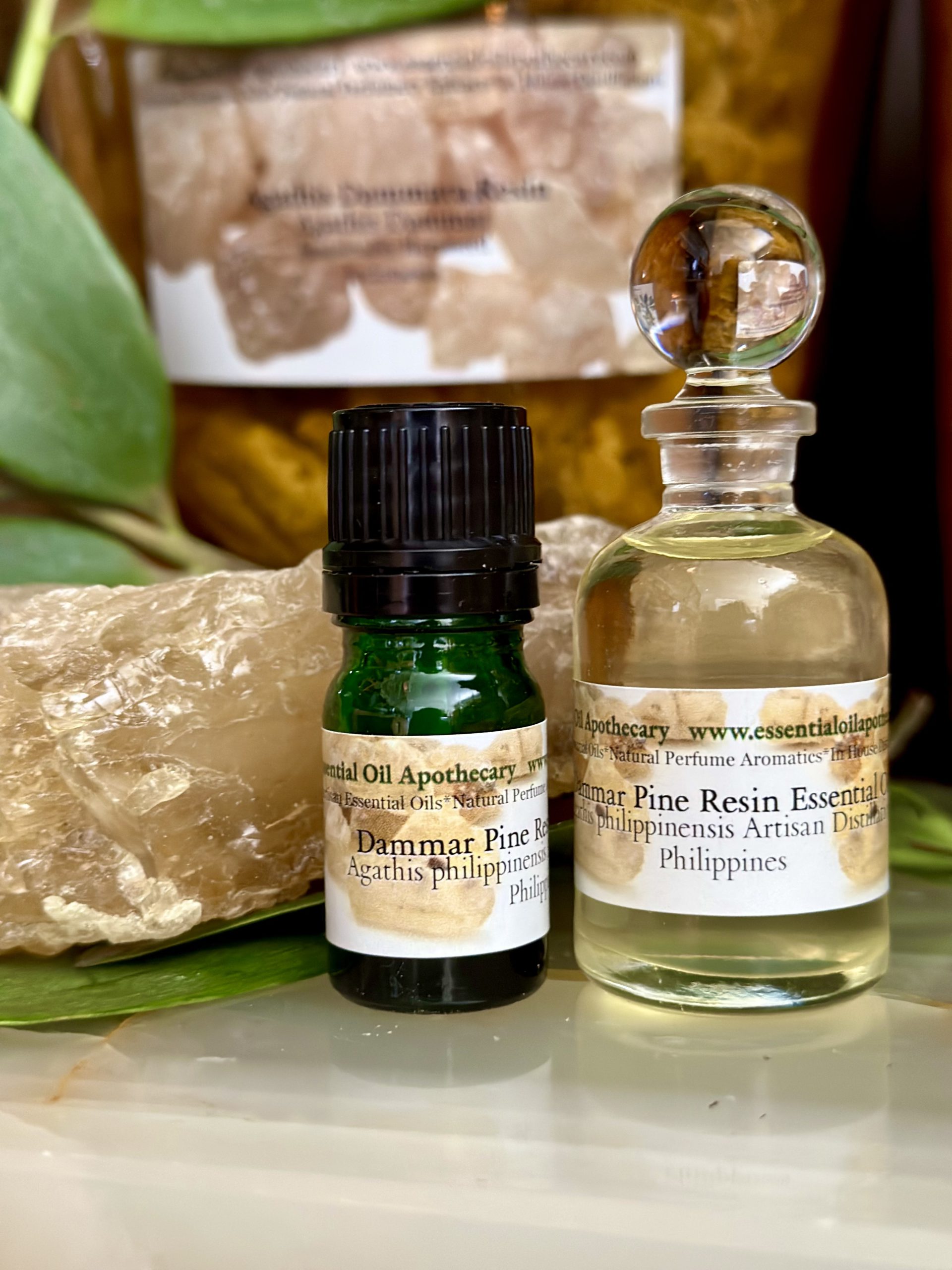
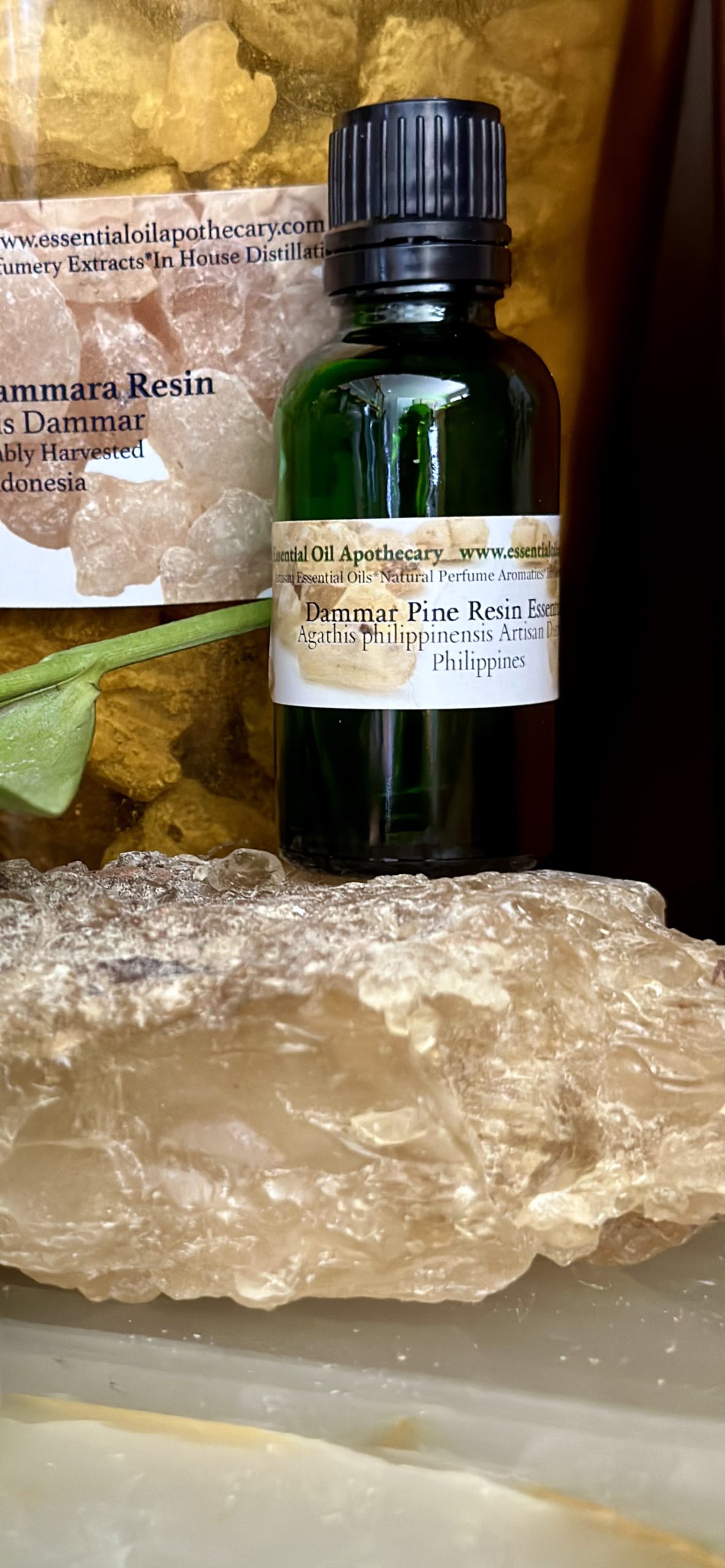
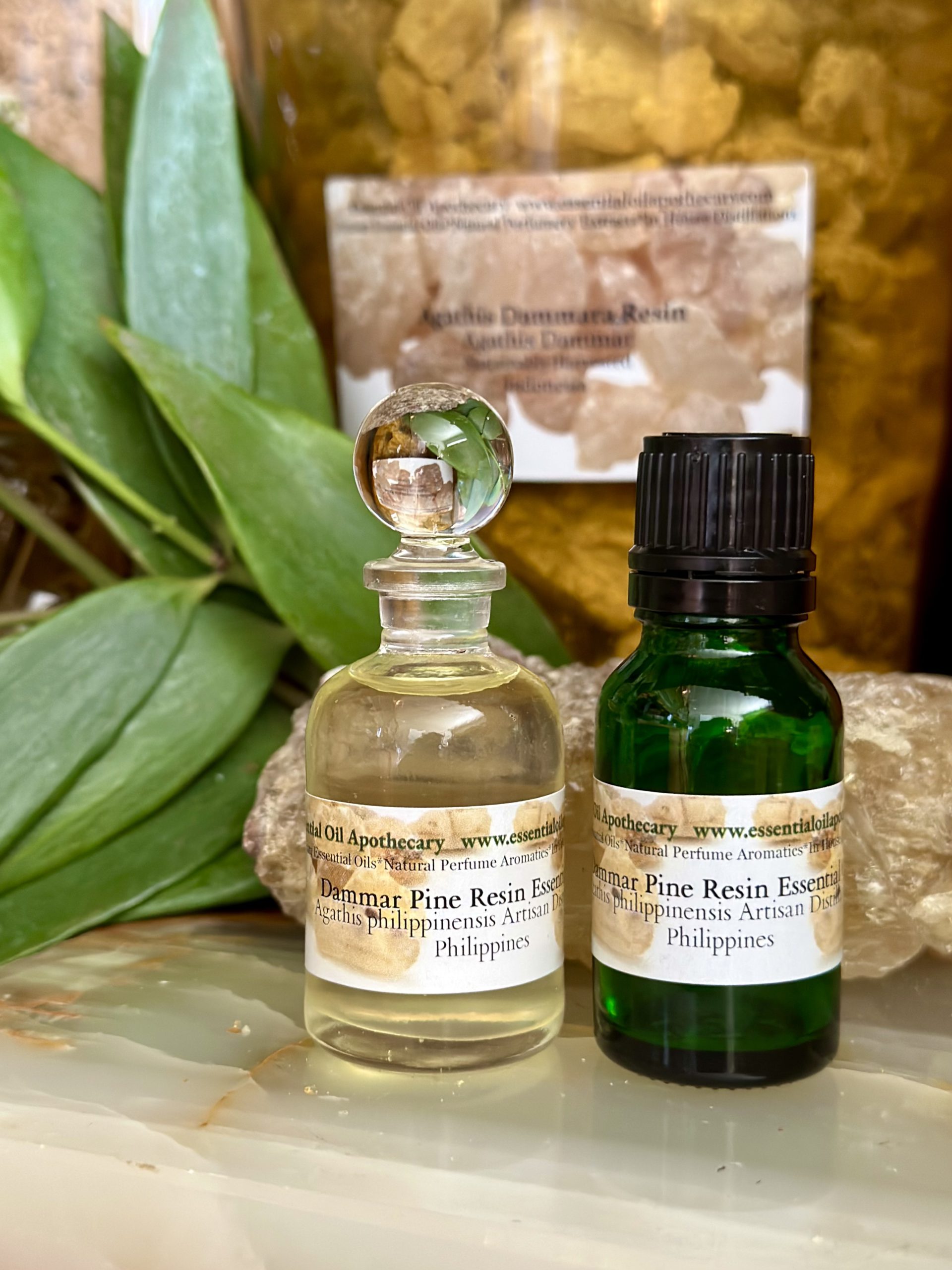
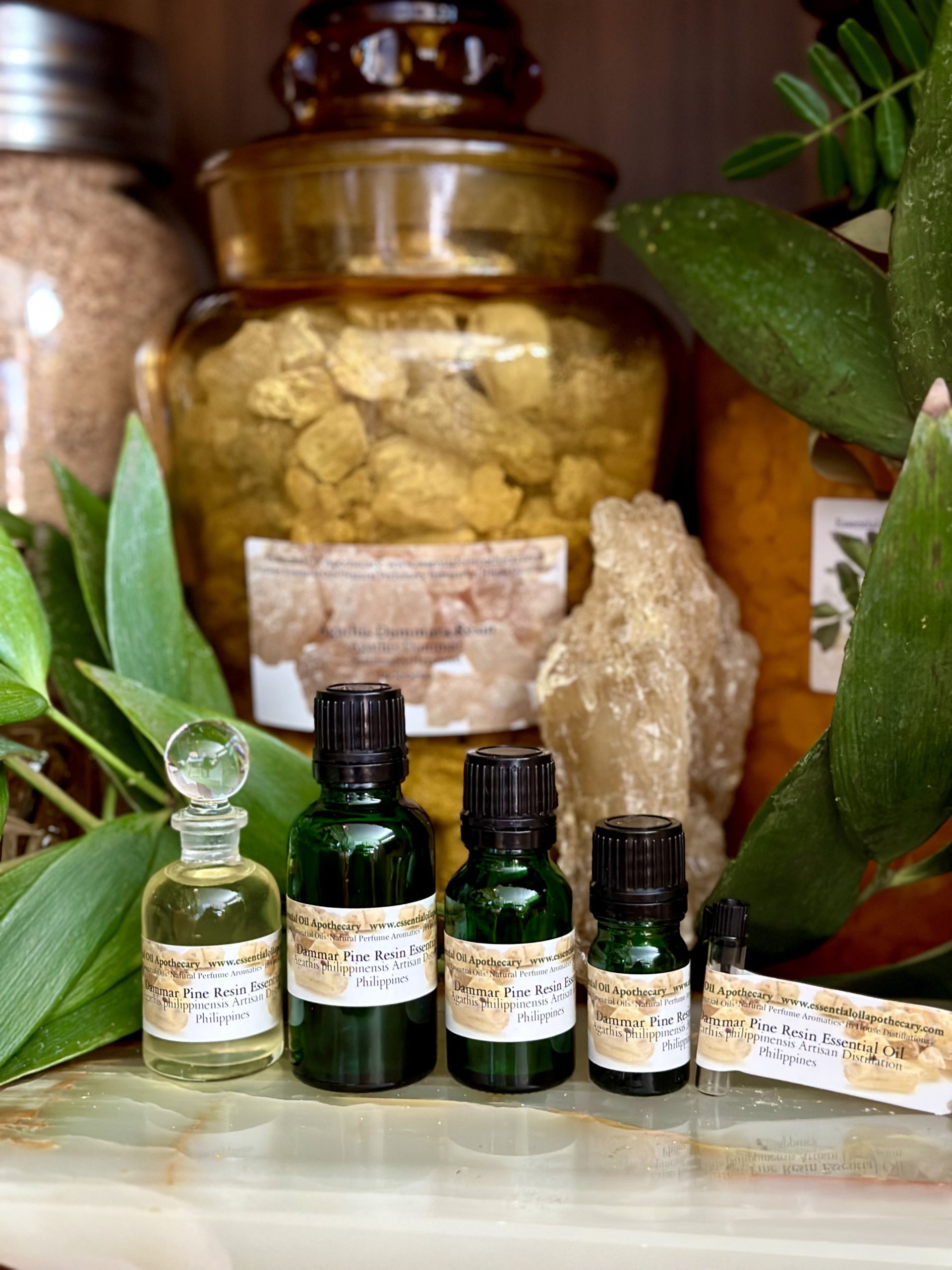

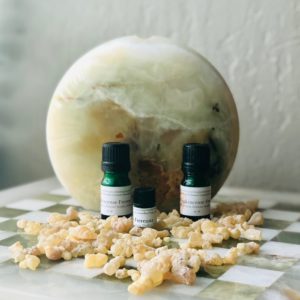
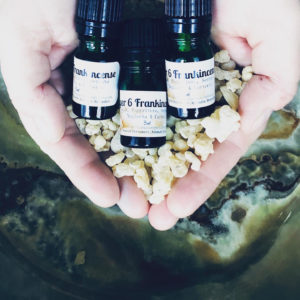
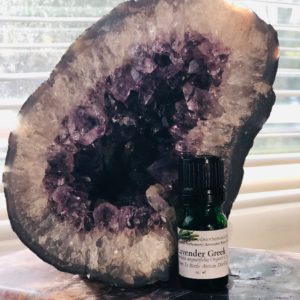
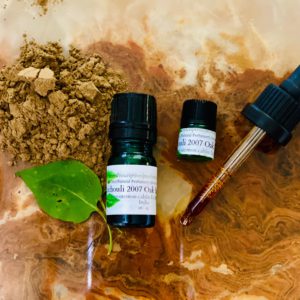
Reviews
There are no reviews yet.